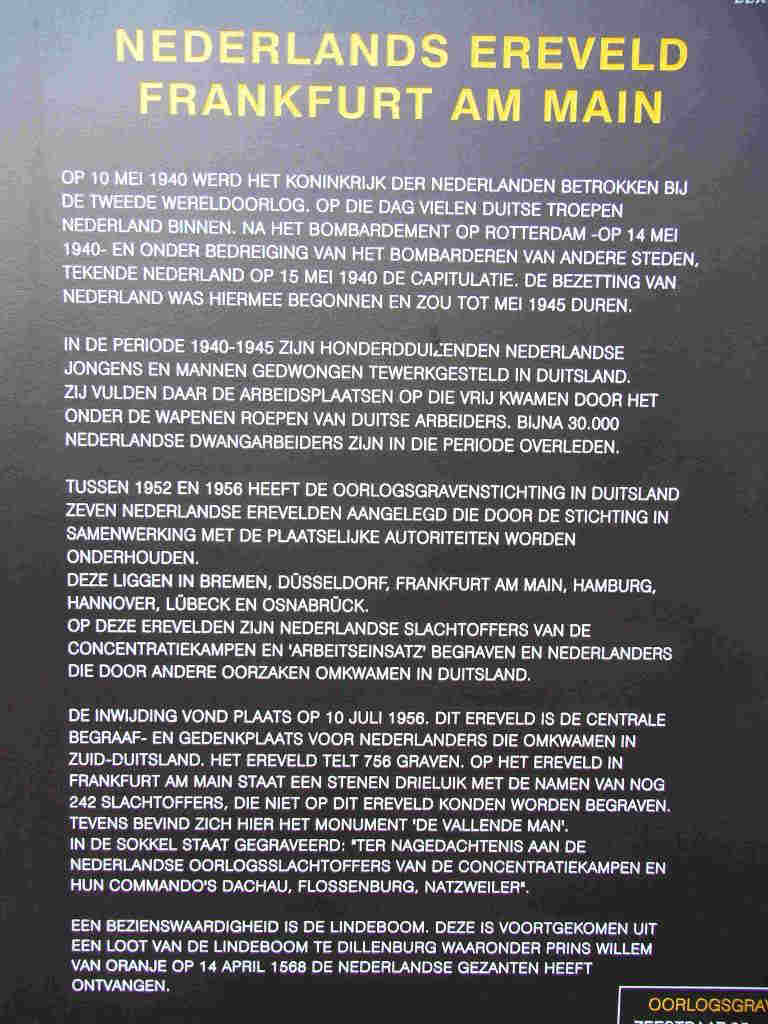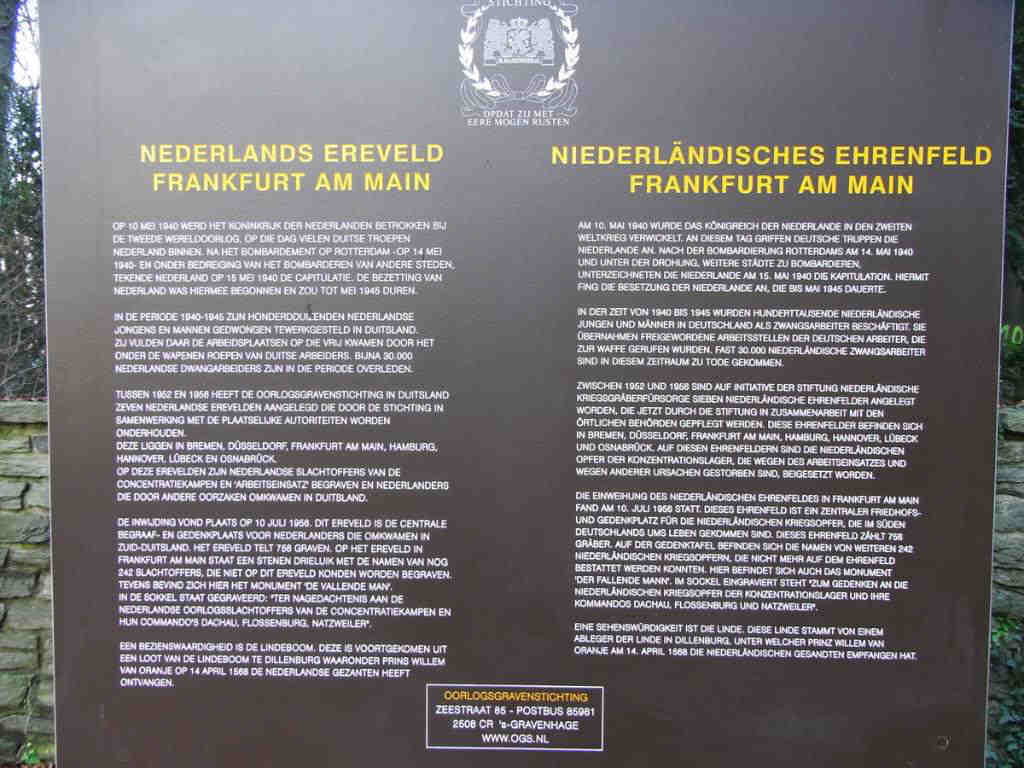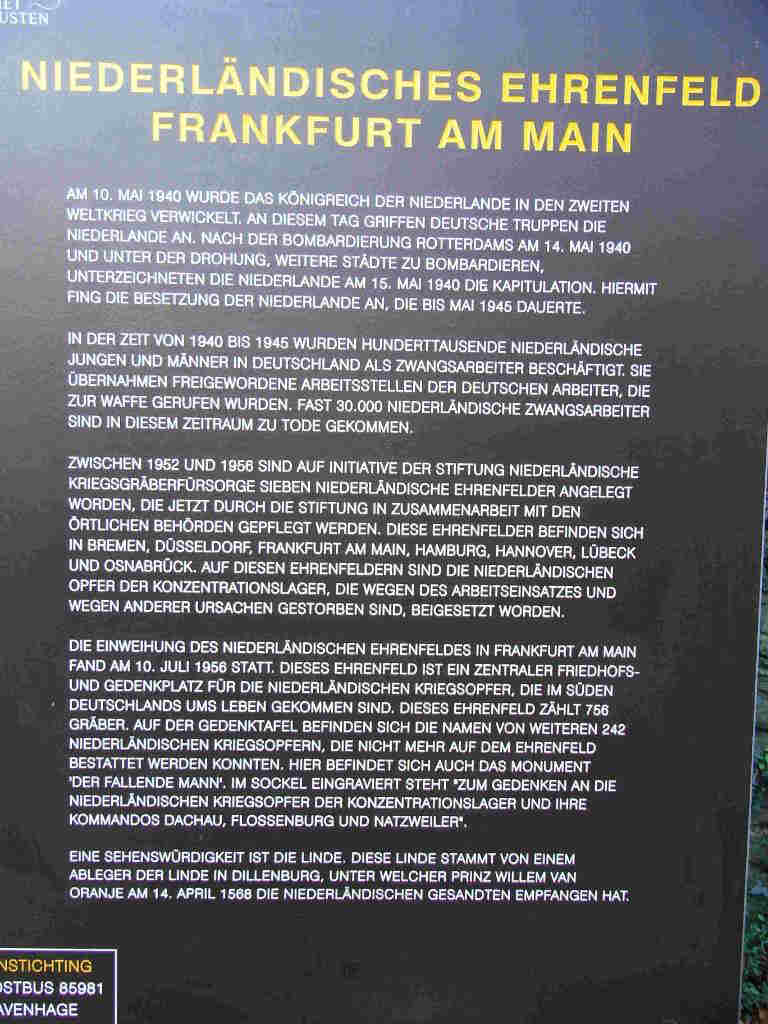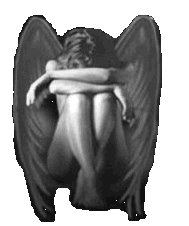 |  |  |
United Kingdom and the world
 |  |  |
 |
 |
 |
 |
 | |
 |
 |
|
Many thanks to Mrs. Heidi Kulesza from Frankfurt/Main. She was
so kind to visit the cemetery to take pictures of it. Thank you, Heidi.
 | This page is dedicated to the 10 million victims of World War I and 60 million victims of World War II. |  |